More about Self Portrait with Two Circles
- All
- Info
- Shop

Sr. Contributor
One of Rembrandt’s last portraits, Self-portrait with Two Circles, is a humble brag.
Rembrandt’s Self-portrait with Two Circles was one of the last self-portraits Rembrandt ever did, and Rembrandt loved doing self-portraits since the beginning of his career as an artist. Done in a rough style, this piece is characteristic of his later works. The brushstrokes are loose and expressive, the process of painting clearly visible. He was even referred to as a “sculptor manqué”, or failed sculptor, for the 3-D effect of the impasto, or thickly layered paint. This was the style of the Italian artists, like Donatello and Titian, detailed in The Lives of the Most Excellent Painters, Sculptors, and Architects (basically the burn book of the Italian Renaissance), written by the first art historian (and Regina George of the Italian Renaissance), Vasari.
Vasari’s 17th-century Dutch counterpart, Karl van Mander, preferred a smooth style, which was perceived as the style appropriate for the royal court, and was designed to trick the eye into believing that the image was real. There is none of the excruciatingly detailed realism of the Dutch Golden Age present in Rembrandt’s works. Instead, he paints like the Italian precedents, giving himself a bit of a gentle filter to blur out some of his forehead wrinkles and smile lines. Rembrandt’s works, with thick paint and visible brushstrokes, were labeled as tainted by the studio.
Rembrandt was devoted to his art and his identity as an artist. Using your wife and children as your models or muses was the convention of Dutch artists at the time. Rembrandt never depicted himself with his wife or children, instead making art his wife. In Self-Portrait with Two Circles, he pictures himself holding a palette, brushes, and maulstick – the tools of his trade. His hands are not visible, almost as if the tools themselves are his hand.
Behind him are two circles drawn on the wall. The meaning of these circles is unclear, although there are many theories as to what it could be. It can be interpreted as a world map or a studio prop, or perhaps an allusion Aristotle or Giotto as a testament to his skill as an artist. The two circles could be a reference to the rota aristotelis, or Aristotle’s wheel paradox, and the manifestation of the world in its true form. Aristotle as an embodiment of contemplation and knowledge is a theme in Rembrandt’s paintings, especially in his earlier Aristotle with a Bust of Homer. Another possibility is that they allude to Giotto’s ability to draw a perfect circle freehand which proved to Pope Benedict XI that he had surpassed all of his contemporaries and was worthy of his papal patronage. This moment is best described by Vasari who writes in The Lives, “Giotto had drawn this circle, the Pope had many clever courtiers understood that Giotto surpassed all the other painters of his time.” This tale echoes that of Apelles, the quintessential painter of Ancient Greece, who visits Protogenes, his rival, in Pliny’s Natural History. Except instead of drawing circles, Apelles and Protogenes get competitive about who can draw the finer line. (Spoiler: It was Apelles.)
Rembrandt did over 40 self-portraits, and over the course of his career, there was a great variance between the way he depicts himself in each. The focus of this painting is not his status in society unlike Self-Portrait, painted in 1658 and currently housed in the Frick Collection. During this point in his life, he was bankrupt due to his prodigal spending habits, and recently bereaved of both his second wife and only son. At the height of his career he was a burgess, teacher, and a member of the local guild of painters, but during the time of this painting he struggled to get any sort of public commissions. Unlike in the Frick Self-Portrait, he does not paint himself monumentally, lavishly adorned in a golden tunic. Instead, he wears a simple artist’s smock, holding his tools, in front of a simple background of two circles as a statement of his skill.
Sources
- Alpers, Svetlana. Rembrandt’s Enterprise: the Studio and the Market. Chicago: University of Chicago Press, 1988, 14-33.
- “Biography: Rembrandt Van Rijn (1606-1669).” The National Gallery of Art. Accessed June 10, 2019. https://www.nga.gov/collection/artist-info.1822.html.
- Broos, B. P. J. "The 'O' of Rembrandt." Simiolus: Netherlands Quarterly for the History of Art 4, no. 3 (1971): 150-84.
- Fleischer, Roland and Susan S. Munshower. The Age of Rembrandt: Studies in Seventeenth-Century Dutch Painting. Pennsylvania State University Press. 188-213.
- Land, Norman E. "Apelles and the Origin of Giotto’s O." Source: Notes in the History of Art 25, no. 1 (2005): 6-9. http://www.jstor.org/stable/23208088.
- Smith, Roberta. “You Can Almost Hear Him Sigh: ‘Rembrandt at Work’ at the Metropolitan Museum”. The New York Times. April 5, 2012. Accessed June 19, 2019. https://www.nytimes.com/2012/04/06/arts/design/rembrandt-at-work-at-met….
Featured Content
Here is what Wikipedia says about Self-Portrait with Two Circles
Self-Portrait with Two Circles is an oil-on-canvas painting by the Dutch artist Rembrandt, painted c. 1665–1669, one of over 40 painted self-portraits by Rembrandt.
In the portrait, Rembrandt holds his palette, brushes, and maulstick. The painting is notable for its monumentality and the enigmatic background consisting of a shallow space with the fragments of two circles.
Check out the full Wikipedia article about Self-Portrait with Two Circles

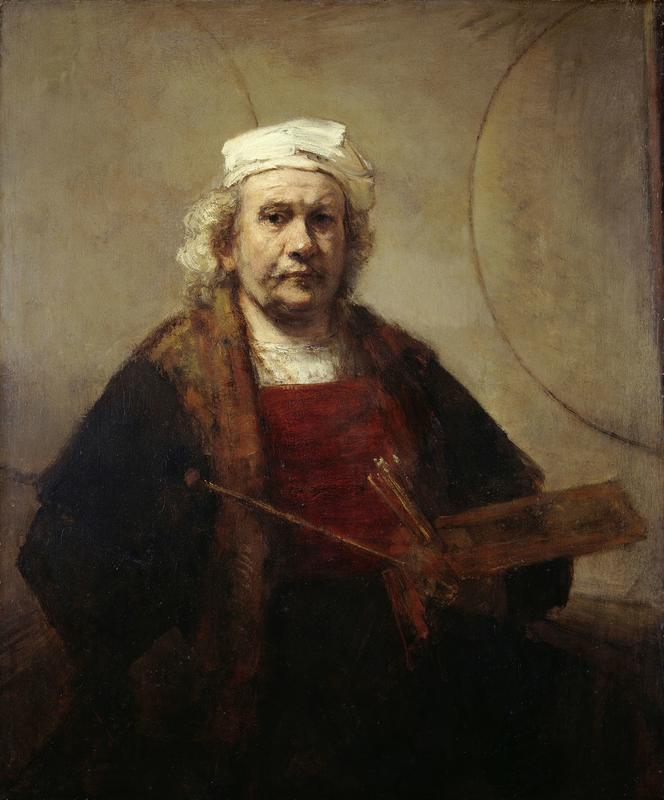
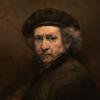

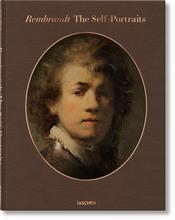
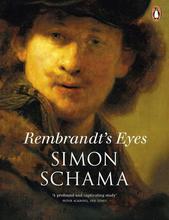









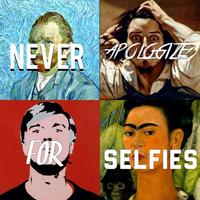
History books are meant to document and make sense of past events, not predict the future, much like paintings.